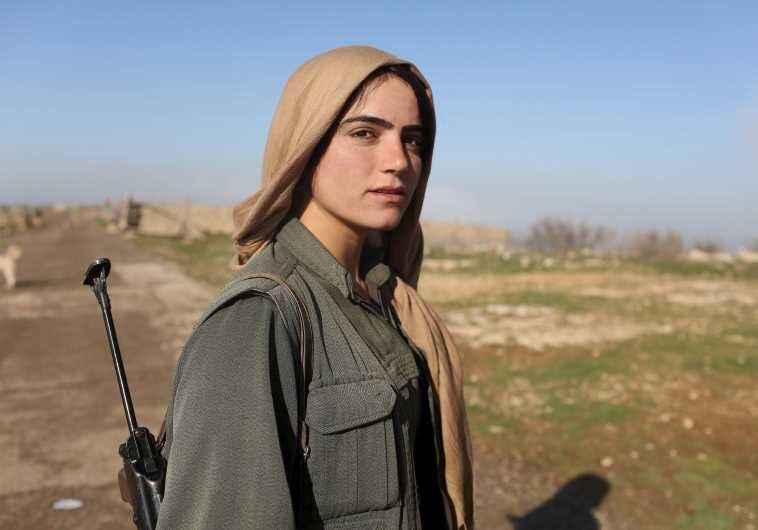Women and armed conflict: The need for a united resolution, not a UN resolution
Why not give women a chance to contribute to stability, after all, men have been doing it for a long time and a new way of thinking is long due.
 Kurdish Women Battle Islamic State.ByNADIA AL-SAKKAF/THE MEDIA LINE
Kurdish Women Battle Islamic State.ByNADIA AL-SAKKAF/THE MEDIA LINE